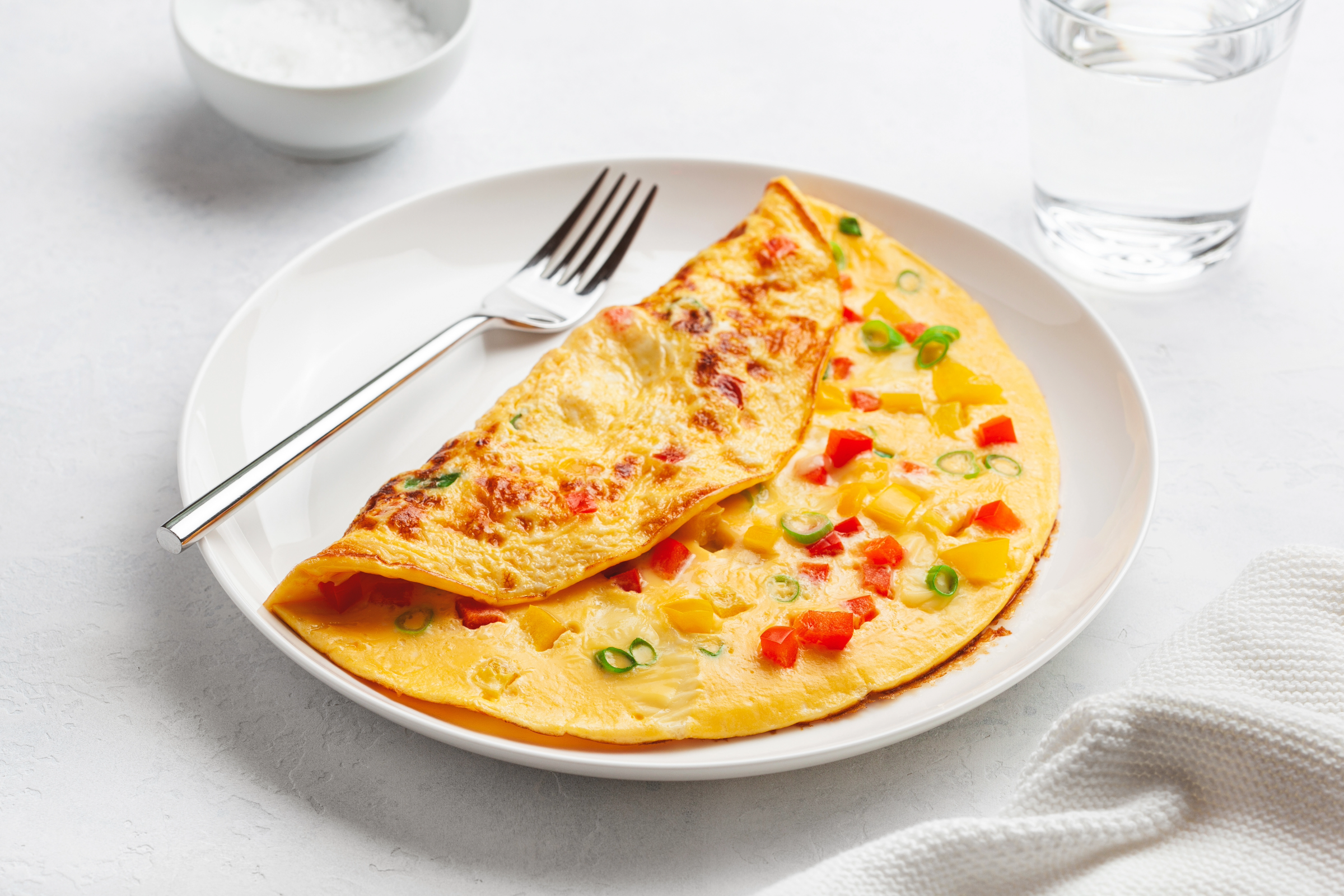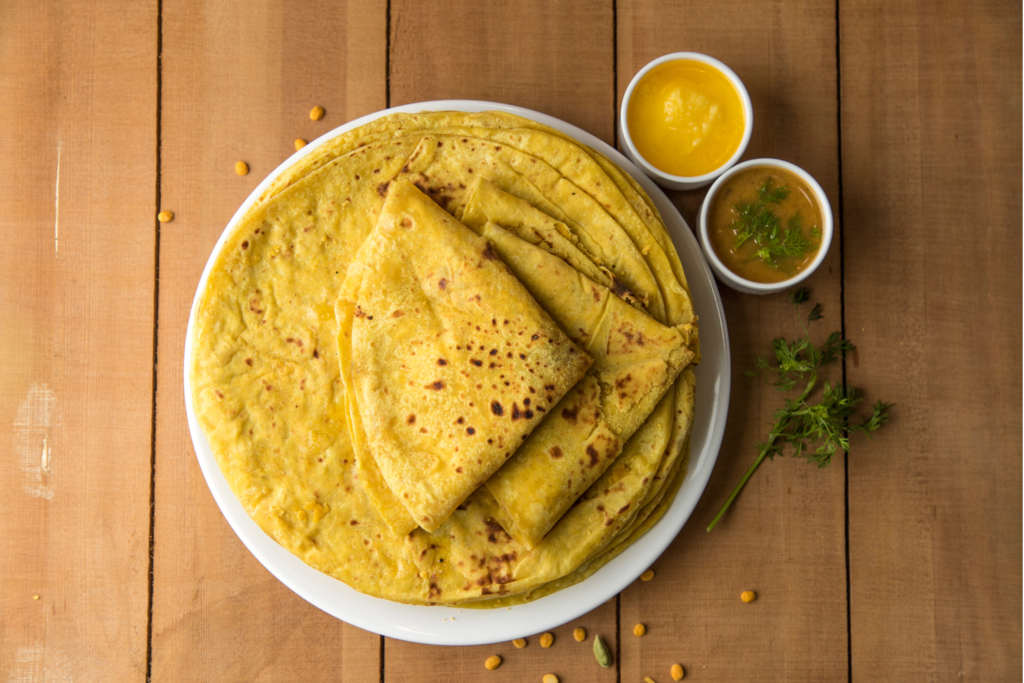Introduction:
Welcome to the world of breakfast indulgence, where simplicity meets perfection. Today, we’re delving into the art of crafting the perfect Egg Omelette, a breakfast classic that has won the hearts of breakfast lovers worldwide. In this user-friendly guide, we’ll uncover the secrets to creating an Egg Omelette that’s not just a meal but a morning delight.
Why Egg Omelette?
Before we get into the details of crafting the ideal omelet, let’s take a moment to appreciate why this dish is a beloved breakfast staple. An Egg Omelette is a symphony of simplicity and flavor. It combines eggs, skillful cooking, and a touch of creativity.
An Egg Omelette is not just about taste but the joy of starting your day with a hearty and wholesome meal. It’s a testament to the versatility of eggs, the simplicity of cooking, and the endless possibilities of fillings and flavors.
What sets the Egg Omelette apart is its adaptability. It can be a quick weekday breakfast, a leisurely weekend brunch, or a midnight snack. Customize it with your favorite ingredients, experiment with seasonings, and have a breakfast that’s as unique as your tastes.
What Sets Our Recipe Apart?
You might wonder why you should make an Egg Omelette at home when it’s readily available at diners and cafes. The answer is simple: crafting your Egg Omelette allows you to control the quality of ingredients, create a personalized masterpiece, and enjoy a fresh and flavorful breakfast.
Our user-friendly Egg Omelette recipe ensures you can effortlessly recreate the perfect omelet at home. We’ll guide you through each step, share cooking tips, and provide insights to ensure your Egg Omelette is delightful.
Join Us in the Kitchen
This guide will provide easy-to-follow, step-by-step instructions to make your omelette-making experience enjoyable. Whether you’re an experienced home cook or new to the world of omelette-making, our recipe is designed to ensure that crafting the perfect Egg Omelette is a rewarding morning ritual.
So, gather your ingredients, heat your skillet, and embark on a culinary adventure to elevate your breakfast game. Let’s create an Egg Omelette that’s not just a dish; it’s a celebration of simplicity, a burst of flavors, and a morning delight that will leave you craving more.




